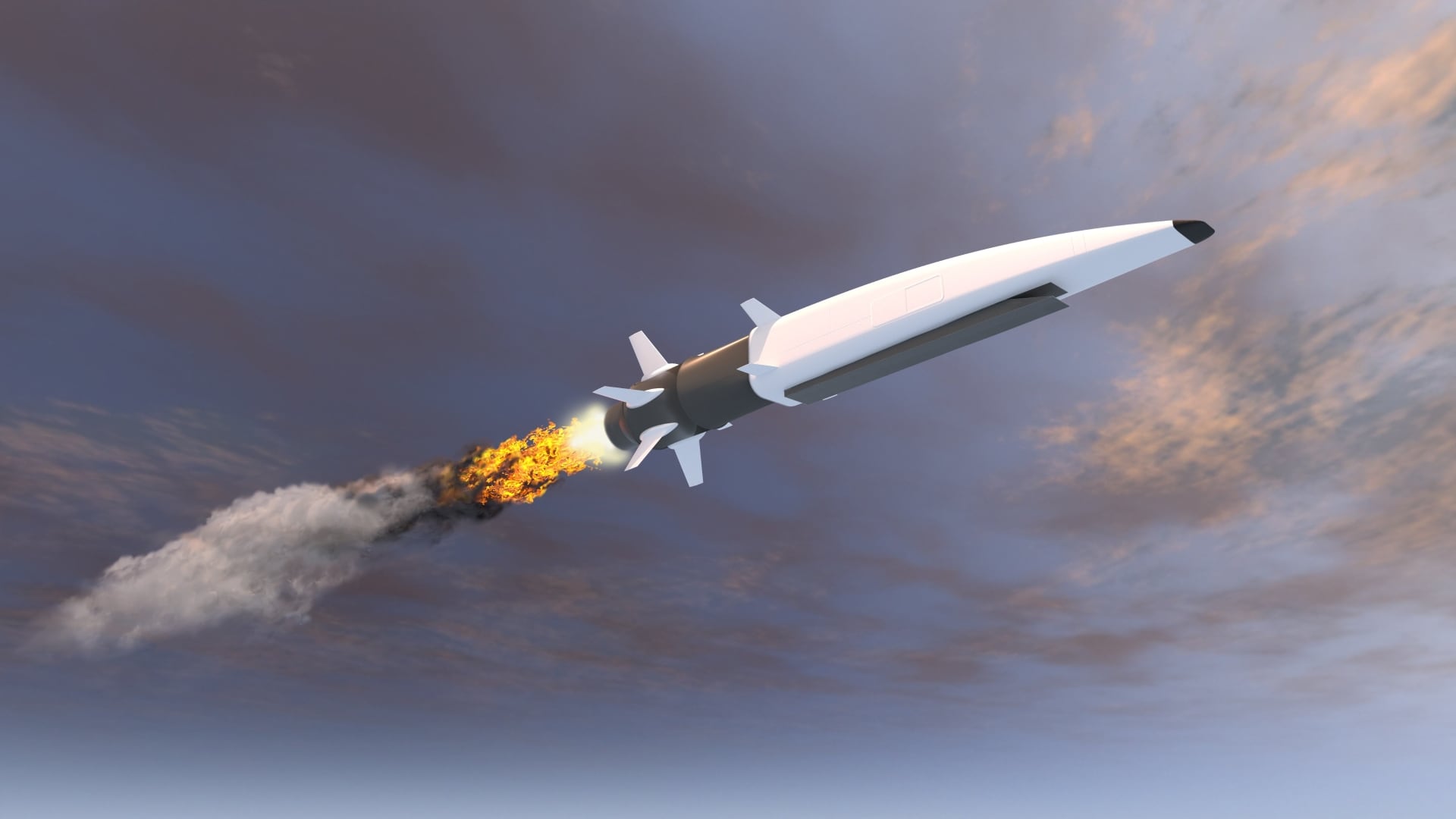The National Defense Authorization Act authorized $740 billion for the Defense of Department to improve U.S. warfighting capabilities, which includes $25 billion on top of the Administration’s requested budget. This is a clear sign — among others — that modernizing military platforms, technologies and the services needed to deliver those capabilities is a national security priority. But, as the U.S. and allied defense community evaluate where to focus development and problem-solving resources, it’s important to ask what will deliver the strategic advantage needed in modern warfare.
The battlespace has changed, and future conflicts will be fought — and won — differently in the next 30 years than they were in the past. The U.S. and its allies now face stronger, more sophisticated peer and near-peer adversaries that can compete technologically and economically. So, what is going to influence the outcomes most in these future conflicts? Despite their significant value, the answer as I see it is not a next-generation plane or ship, or even a missile system.
Two years ago Chief of Space Operations Gen. Jay Raymond and Air Force Chief of Staff Gen. David Goldfein wrote, “Data is the principle current of future warfare. And the military that is able to collect, process and share data faster than opponents will hold a huge advantage.”
This statement rings even more true today.
A Multi-Domain Information Advantage
It sounds simple, but moving data is an increasingly complex challenge, which is why the DoD and allied nations alike are aiming to address it through various initiatives. The volume of sensors and battlefield technologies has dramatically increased the amount of data available, but harnessing that data for real-time, actionable decisions is an enormous task. The ability to capture and securely share real-time data across the multi-domain battlespace — land, air, sea, cyberspace and space — is paramount to U.S. and coalition operational mission success.
This is what the DoD Joint All-Domain Command and Control (JADC2) concept aims to deliver. Each service branch has their own initiative focused on the development and adoption of new technologies for more integrated C2 capabilities. JADC2 will break down those silos to enable sensor-to-shooter data communications across all services, allowing information sharing via a hybrid approach using multiple communications networks — satellite and terrestrial — to provide a single, seamless connection to end users.
The Space Development Agency, or SDA, is among those leading on this path with its Tranche 1 Transport Layer initiative, but it will take collective efforts across DoD and industry to create this complex architecture.
Unfortunately, there is no single technology or company that will make this happen. Instead, the focus should be on acquiring the operational and technical capabilities that can stitch networks together and enable the JADC2 vision.
Network Capability Wish List
To achieve the information advantage, the network needs capabilities that allow it to operate effectively in the contested, congested environment. Three key “wish list” capabilities stand out as pillars for future military network success:
- Agility – Interoperability is the foundation of what’s needed to enable enhanced data transport capabilities. To create interoperability and bring disparate systems together, common standards are needed at the network layer. This will allow users and data to move more freely, for instance from military SATCOM network to a commercial SATCOM network, or even across different orbital networks, frequencies and security levels. Utilizing commercial standards like 5G could be instrumental in enabling both interoperability and management, but government and commercial industry alignment is needed to make it happen at scale.
- Intelligent pathways – Beyond the technical capability of stitching networks together, an optimal hybrid environment will be highly-adaptive, with the ability to intelligently move information so it arrives in the right place, over the right network, at the right time, and in the right way. This transport aware network capability will be driven by artificial intelligence and machine learning applications built into the network, enabling recognition of what the “best available network” is to route data based on bandwidth needs, security requirements and reacting to avoid threats.
- Active security – Individual and nation-state cyber actors are evolving attacks daily. Multi-domain operations require end-to-end cybersecurity and assurance to protect data, and its integrity, as it moves across networks. Today, the attack surface has grown so it must be assumed that bad actors are already inside. For that reason, greater investment is needed in zero trust architectures that leverage automation and threat intelligence to analyze user behavior and identify threats.
Resilient Data Transport
These network capabilities are the foundation for enabling the resilient, assured communications warfighters need to operate in battlefield environments. Resiliency ensures that no matter what an adversary does, whether it’s a cyberattack or kinetic orbital strike on a satellite, no single point of failure would disrupt network operations.
So, as Congress, the DoD and organizations across the defense and commercial industries chart a path forward, remember that national security depends as much on our ability to effectively move data as it does on missile systems.
Craig Miller is the president of government systems at Viasat.








